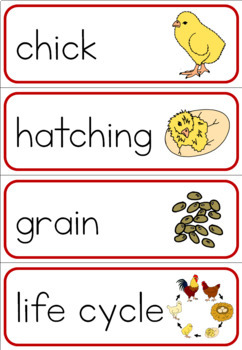

I wonder if a pupa and a chrysalis are the same Finally, the chrysalis opens and a beautiful butterflyĮmerges to dry its wings and fly away. Then, the larvae forms a pupa, or chrysalis.
#Life cycle wordwall skin
Sentence calls the "larvae" a "tiny caterpillar." You might see pieces of skin coming off After reading before and after the word, it seems like the next Once born, the tiny caterpillar starts eating and molts its skin often. The butterfly chooses a plant that can provide the larvae withįood. The word "egg" is right after,Īnd that makes sense. I'm going to reread the sentence before and lookĪt the phrases around the word to see if I can figure it out. There are four parts to the life cycle of a butterfly. Here is an excerpt of the think-aloud with the teacher's dialogue in italics. During the reading, she stops to think-aloud with the goal of teaching the class a specific reading skill.

Which of these extension activities would be the best for the teacher to implement to help students learn these vocabulary words and use them in their writing?Ī first-grade teacher is reading aloud from an instructional text on the life cycle of a butterfly. She notices a group of English Language Learners, as well as some students with lower reading scores, are unable to describe the order of the life cycle correctly. To accomplish this, students will need to include the terms eggs, tadpole, gills, and frog. The activities show the teacher implementing which of the key principles of effective vocabulary instruction as described in the Texas Essential Knowledge and Skills for First Grade?Īfter the trip to the pond, the teacher asks students to write a journal entry describing what they experienced during the field trip and to include a description of the life cycle of a frog. Every day during class, the teacher points to the wall and invites the students to use the newly acquired terms in their writing and speaking. As part of each activity, the teacher adds to the word wall list on the wall of the classroom. They discussed the terms eggs, tadpole, gills, toad, frog, and leap. The class walks to a nearby lake to look for frog eggs, tadpoles, and frogs after talking about the life cycle of a frog. A recent science experiment asked students to describe the sizes, colors, and textures of different types of soil they gathered from a recent nature walk. The words rocks, soil, water, streams, lakes, ocean, and wind have come up often in the texts.

Over the course of the semester, a first-grade teacher has been reading fiction and non-fiction texts with students about the natural world.


 0 kommentar(er)
0 kommentar(er)
